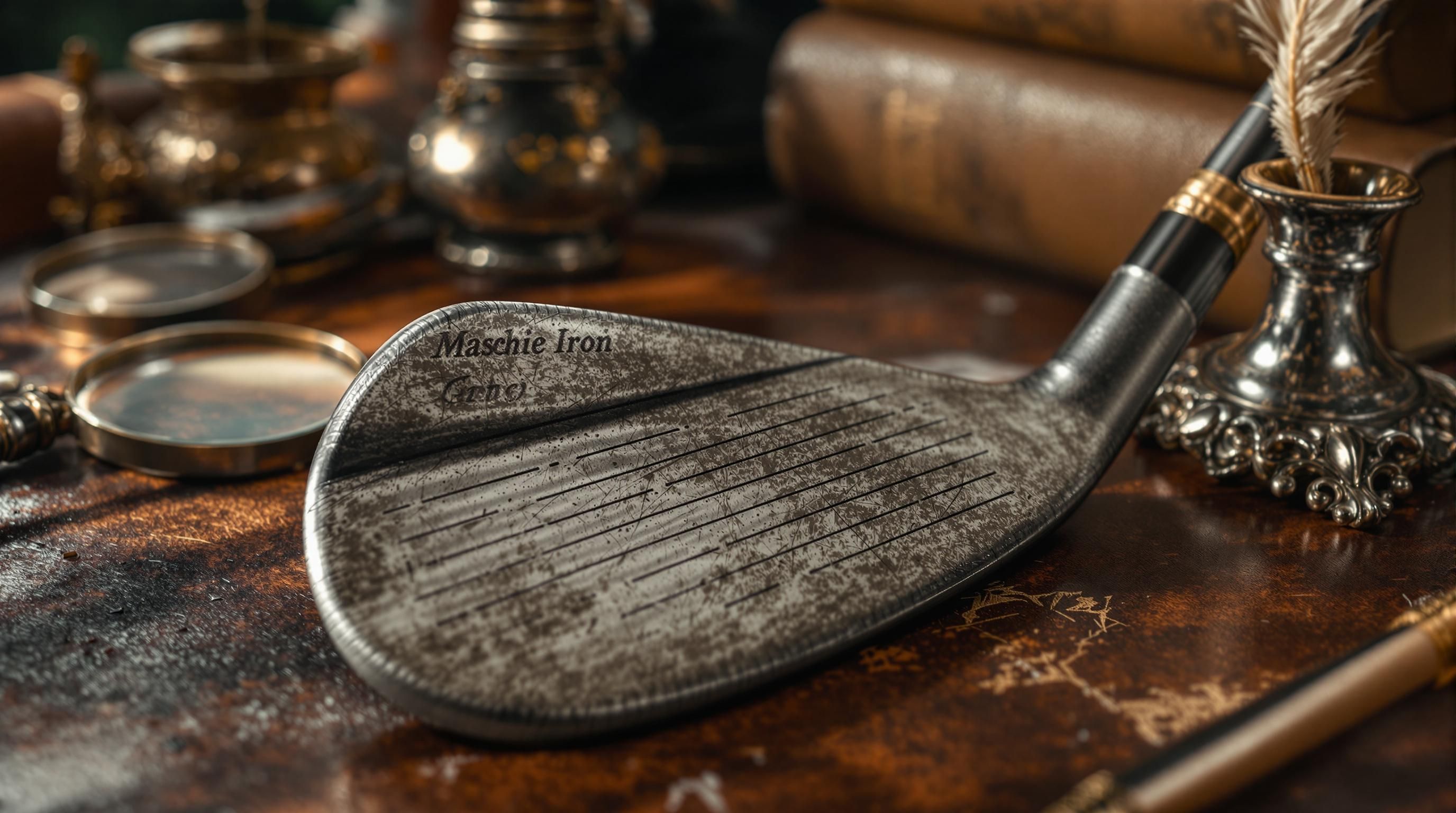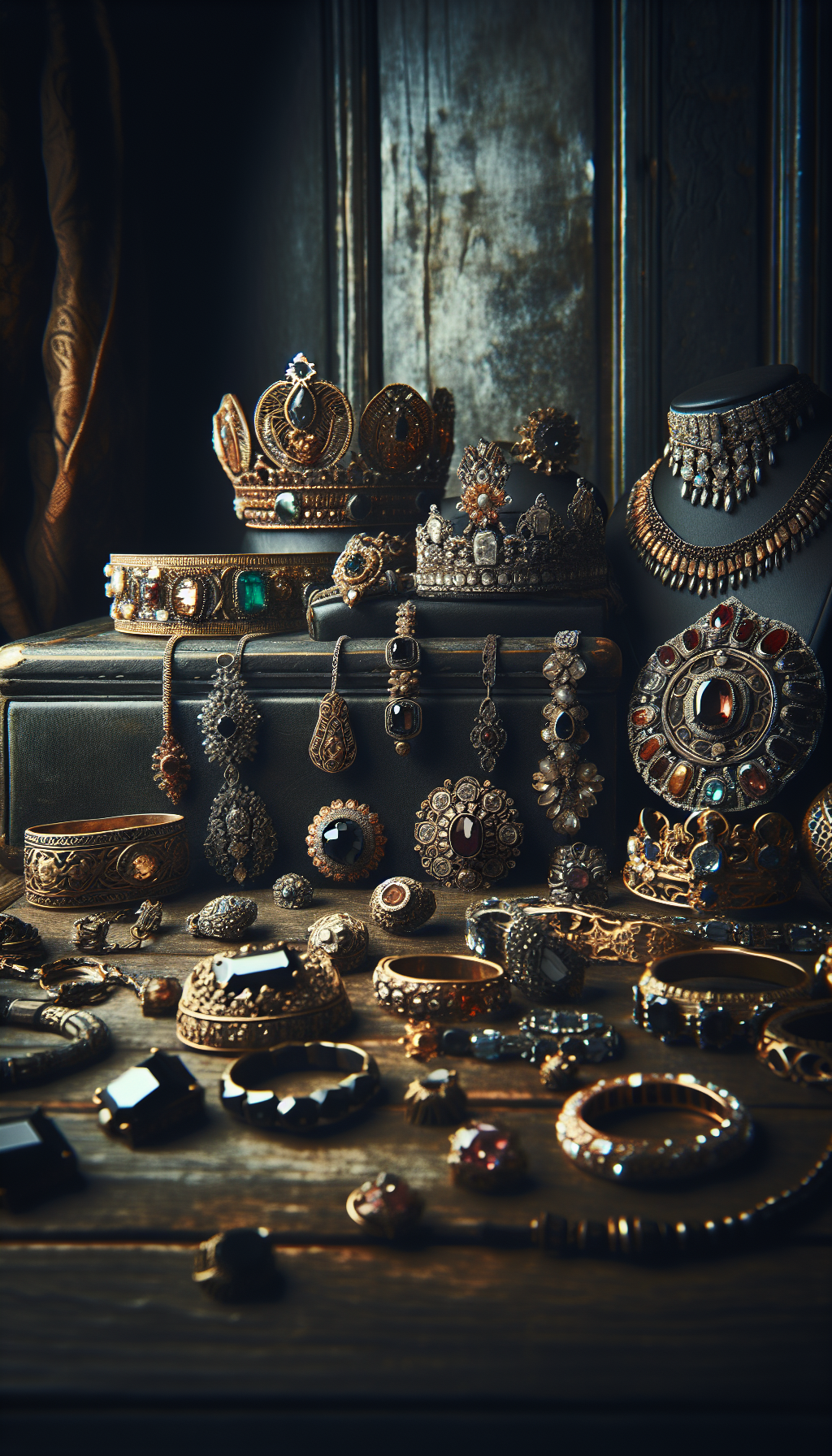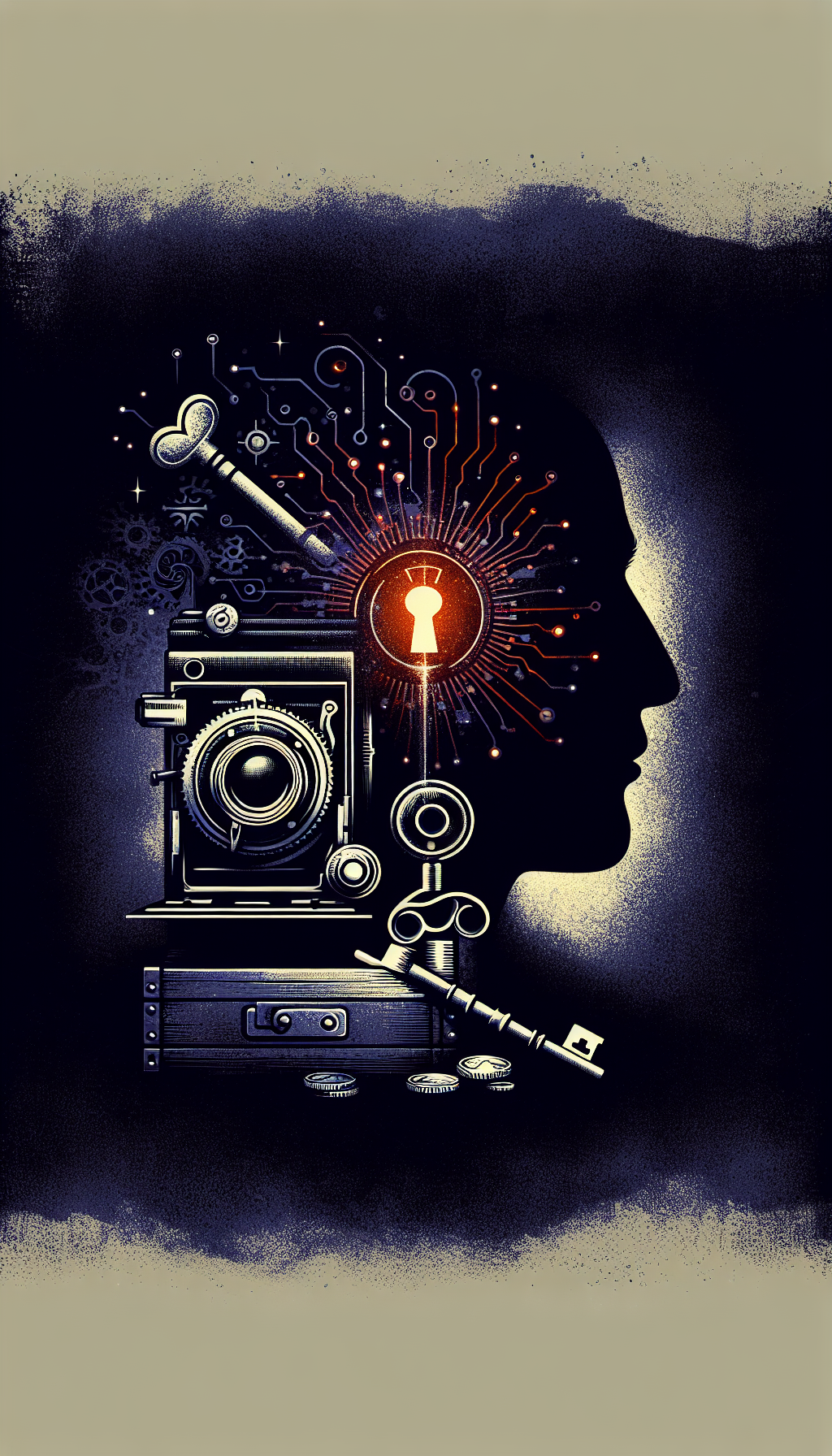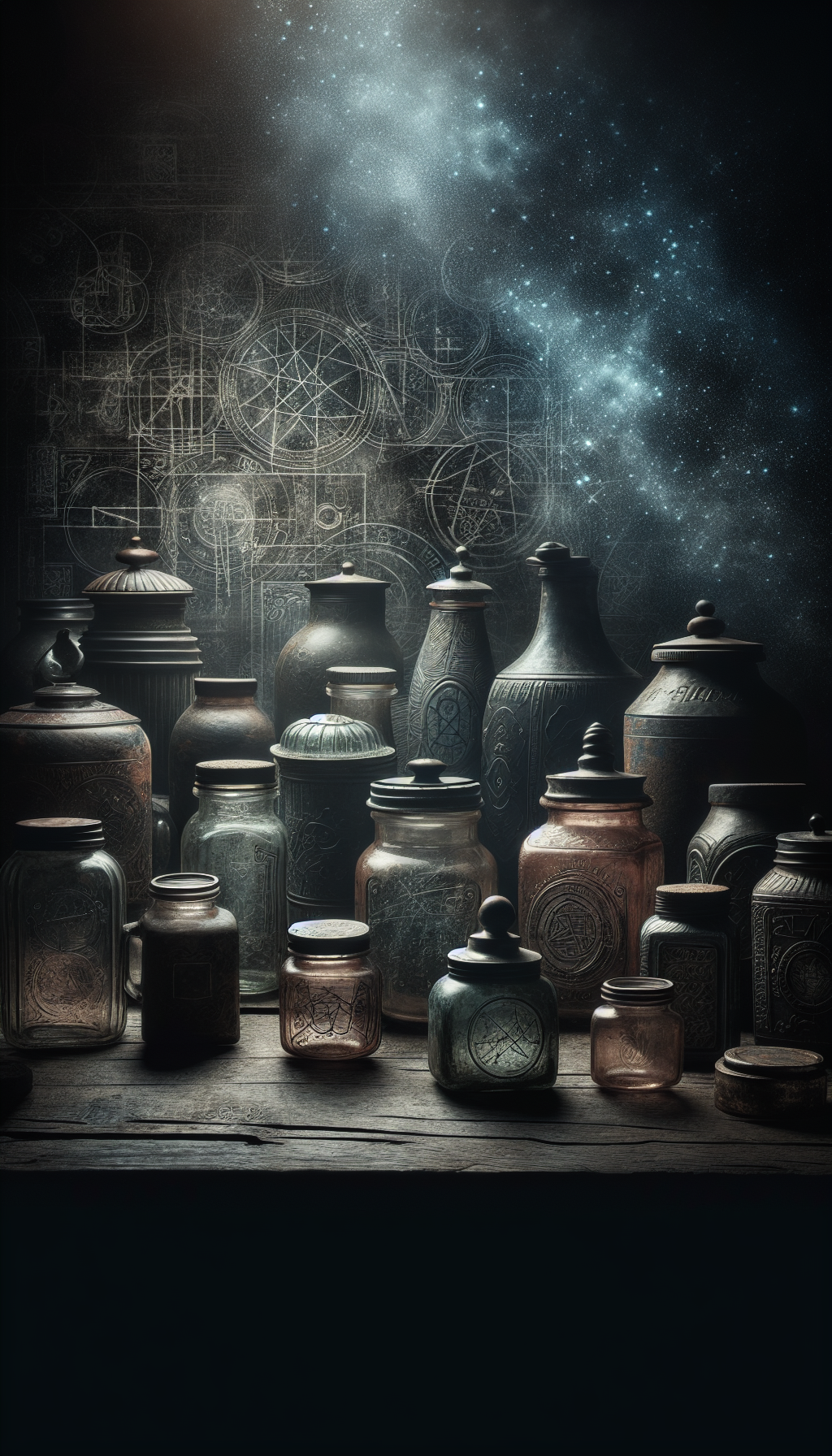Did you recently inherit a set of old golf clubs or stumble upon some vintage putters at a garage sale? You might be wondering if those dusty clubs tucked away in your attic are merely outdated sports equipment or valuable collectibles worth a small fortune.
The world of antique and vintage golf club collecting has grown significantly in recent years, with certain rare specimens commanding impressive prices at auction and among specialized collectors. However, not all old golf clubs carry significant value, and understanding what makes certain clubs desirable is key to determining their worth.
In this comprehensive guide, we’ll explore the fascinating world of golf club collectibles, from identifying truly antique specimens to understanding the factors that drive value in the vintage golf market. Whether you’re a seasoned collector or simply curious about those old clubs gathering dust in your garage, this article will provide you with the knowledge to assess their potential value.
What Determines Old Golf Club Values?
When evaluating old golf clubs, collectors and appraisers look at multiple aspects that contribute to their overall value:
Key Value Factors
Age and Era
The age of a golf club is a fundamental factor in determining its value. Typically, golf clubs are categorized into three main eras:
Antique (pre-1900): The earliest golf clubs, often handcrafted from wood and featuring unique designs. These are the most valuable, especially those made by renowned craftsmen.
Vintage (1900-1960s): Clubs from this transitional period show the evolution of golf technology. Early 20th-century hickory-shafted clubs and the first steel-shafted models from the 1930s-40s can be quite valuable.
Modern Vintage (1970s-1990s): While less valuable than true antiques, certain iconic models from this era have developed cult followings and collectible status.
Rarity and Manufacturer
The scarcity of a particular club model significantly impacts its value. Limited production runs, experimental designs, or clubs from manufacturers that are no longer in business tend to command higher prices.
Some of the most prestigious historical golf club manufacturers include:
- Tom Morris of St. Andrews
- Hugh Philp
- Willie Park
- Robert Forgan
- A.G. Spalding
- MacGregor
- Wilson Staff
Clubs bearing the marks of these manufacturers, especially in good condition, typically fetch premium prices among collectors.
Condition
The condition of an old golf club is perhaps the most critical factor affecting its value. Golf clubs that have been heavily used, damaged, or poorly restored will be worth significantly less than those in pristine or near-original condition.
Key condition factors include:
- Integrity of the clubhead
- Straightness of the shaft
- Original finish preservation
- Absence of cracks or repairs
- Completeness (including original grip if possible)
Historical Significance
Golf clubs with documented historical significance or provenance can be exceptionally valuable. Clubs used by famous golfers, in significant tournaments, or featuring groundbreaking technological innovations may command premium prices regardless of their condition.
Types of Valuable Antique and Vintage Golf Clubs
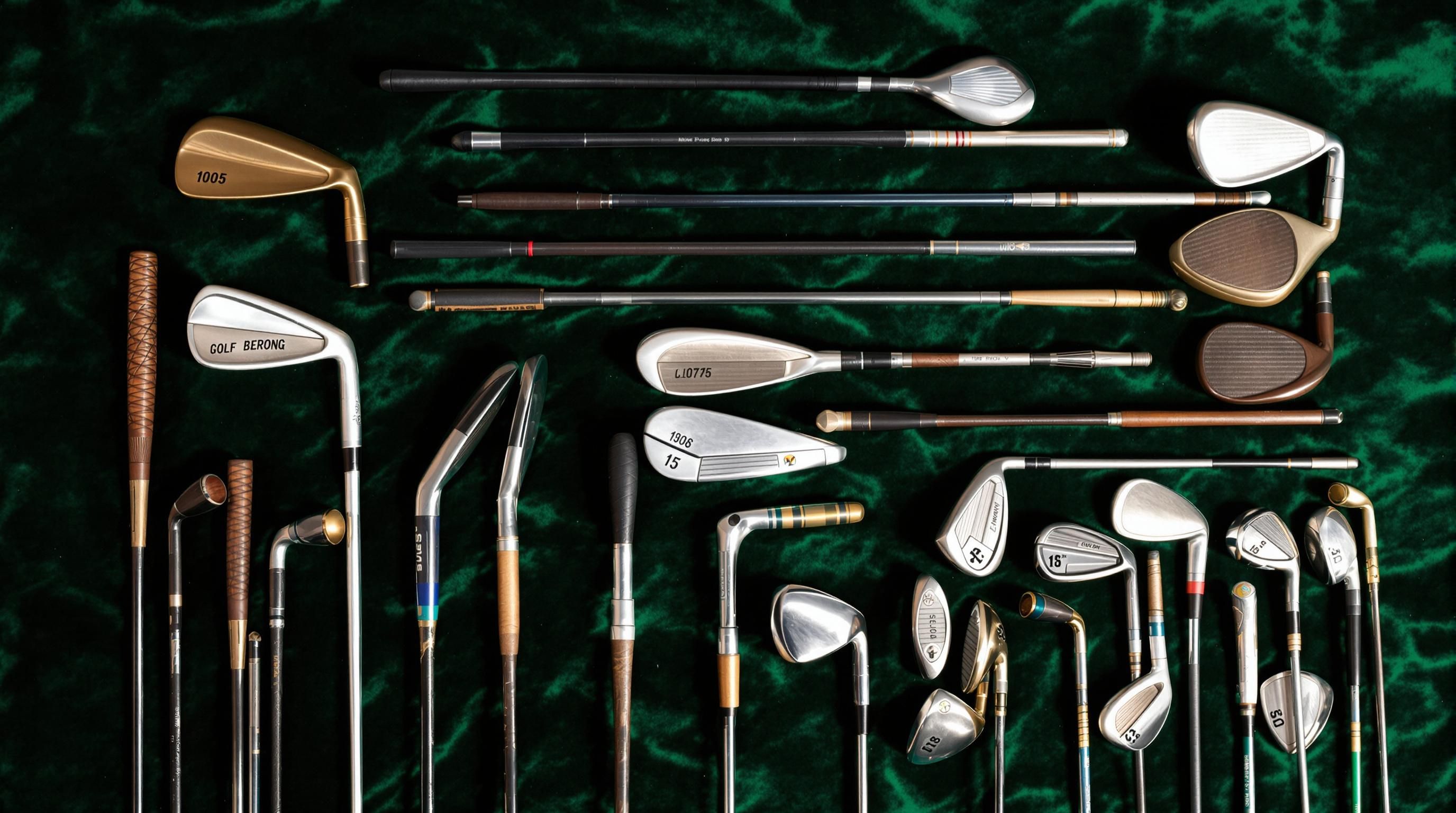
Hickory-Shafted Clubs (Pre-1935)
Hickory-shafted golf clubs represent the golden era of golf equipment and are among the most collectible vintage golf items. These clubs were predominantly used from the sport’s early days until the 1930s when steel shafts became more common.
According to Timewarp Golf, common hickory golf clubs typically trade for between £5 and £50 each (approximately $6-$65 USD), depending on condition, maker, and playability. However, rare or exceptional examples can fetch much higher prices.
Notable hickory club types include:
- Long-nosed Woods: The earliest wooden clubs with elongated heads, often handcrafted by famous clubmakers
- Play Clubs: Early drivers used for distance shots
- Spoons: Early fairway woods equivalent to modern 3-woods or 5-woods
- Cleeks: Long irons with narrow blade-like heads
- Niblicks: Early versions of wedges for short approach shots
Steel-Shafted Vintage Clubs (1935-1960s)
The introduction of steel shafts in the 1930s revolutionized golf club design and performance. Early steel-shafted clubs, particularly those from prestigious manufacturers, have significant collector appeal:
- Blade Irons: Early precision-forged blade irons from manufacturers like MacGregor, Wilson, and Spalding
- Persimmon Woods: Beautiful wooden-headed drivers and fairway woods with steel shafts
- Early Putters: Innovative putter designs from the steel-shaft era
Collectible Modern Clubs (1970s-1990s)
While not true antiques, certain iconic golf clubs from more recent decades have developed cult followings:
- PING Eye2 Irons: Revolutionary cavity-back irons that transformed golf club design
- Early Callaway Big Bertha Drivers: Game-changing oversized drivers
- Scotty Cameron Putters: Early limited-edition models from this renowned putter designer
Vintage Golf Club Price Ranges
General value ranges for different categories of old golf clubs
</tbody>
</table>
How to Identify Valuable Antique Golf Clubs
Examine Markings and Stampings
One of the first steps in identifying potentially valuable old golf clubs is to carefully examine any markings or stampings on the clubhead. According to the Golf Heritage Society, these markings can reveal crucial information:
Maker’s Mark: Look for the clubmaker’s name, typically stamped on the back of the clubhead. Renowned makers like Tom Morris, Hugh Philp, or early company names like Spalding can indicate higher value.
Patent Markings: Clubs marked “patent” or with patent numbers often indicate innovative designs that may be more collectible.
Hand-Forged Markings: The term “hand-forged” often appears on higher-quality early clubs.
Country of Origin: “Made in Scotland” or “Made in USA” markings help date and authenticate the club.
Assess Club Face Characteristics
The design of the club face provides important clues to a club’s age and potential value:
- Smooth Faces: Irons with smooth faces (no lines, dots, or scoring patterns) generally pre-date 1910 and may be more valuable.
- Hand-Hammered Appearance: Early hand-forged irons often show subtle hammering marks.
- Face Inserts: Some antique woods featured face inserts made of materials like ivory, horn, or metal - these can be particularly valuable.
Evaluate Head Shape and Design
The shape and design of the clubhead can help determine its age and category:
- Long, Narrow Wooden Heads: Early wooden clubs (pre-1900) with long, slender heads are typically more valuable than later, more bulbous designs.
- Blade Thickness: Very thin blades on iron clubs often indicate earlier manufacturing.
- Back Designs: The pattern on the back of iron clubs (muscle backs, cavity backs, etc.) helps identify their era.
Analyze Shaft Materials
The shaft material is a critical indicator of a golf club’s age and potential value:
- Hickory Shafts: Genuine hickory-shafted clubs (pre-1935) are generally more collectible than steel-shafted clubs.
- Hand-Spliced Shafts: Some early wooden clubs feature hand-spliced shafts with visible joining points.
- Early Steel Shafts: The earliest steel shafts (1925-1935) were often stepped and can be quite collectible.
Antique Golf Club Authentication Checklist
Use this checklist to help determine if your golf clubs might be valuable antiques
- Club has a wooden (especially hickory) shaft
- Maker's mark from a renowned clubmaker or company is visible
- Iron club has a smooth face (no scoring lines)
- Wooden club has a long, narrow head shape
- Club bears patent markings or numbers
- Original grip material (leather wrap or early rubber)
- No evidence of modern repairs or alterations
- Clubhead shows hand-forging marks or craftsmanship
Evolution of Golf Club Design and Value
- Pre-1850
Early Handcrafted Era
Clubs entirely handmade by individual craftsmen using local woods. These earliest specimens are extremely rare and among the most valuable, often fetching thousands of dollars. - 1850-1900
Classic Hickory Era
Standardization of club types and emergence of renowned clubmaking shops. Clubs from this period by famous makers like Tom Morris or Hugh Philp command premium prices. - 1900-1935
Late Hickory Period
Mass production begins but with maintained quality. The introduction of matched sets and standardized specifications. Common clubs from this era typically sell for $20-100 depending on condition. - 1935-1960
Early Steel Era
Steel shafts replace hickory, revolutionizing golf club design. Early steel-shafted clubs, especially those with persimmon heads, remain collectible today. - 1960-1990
Modern Classic Period
Introduction of cavity back irons, metal woods, and game improvement technologies. Certain iconic models from this era have developed cult status among collectors.
The Market for Antique and Vintage Golf Clubs

Current Market Trends
According to LoveToKnow Antiques, the market for vintage golf clubs has experienced significant changes in recent years:
Declining Values for Common Clubs: Common vintage golf clubs that were worth $40-$50 about 10-15 years ago are now typically worth only $10-$20 in today’s market.
Premium for Exceptional Specimens: While average values have declined, truly exceptional, rare, or historically significant clubs continue to command premium prices.
Growing Interest in Playing Vintage: There’s an increasing trend of golfers actually playing with vintage equipment, particularly in hickory golf tournaments, which has created demand for playable antique clubs.
Collector Specialization: Many collectors now specialize in specific eras, manufacturers, or types of clubs rather than general collecting.
Where to Buy and Sell Vintage Golf Clubs
If you’re looking to buy or sell antique and vintage golf clubs, several venues specialize in these collectibles:
Specialized Auction Houses: Companies like Green Jacket Auctions and Golf Auctions regularly feature significant golf collectibles.
Online Marketplaces: eBay has a dedicated section for vintage golf clubs, allowing you to reach a wide audience of potential buyers.
Trade-In Programs: For more recent vintage clubs, services like the PGA Value Guide and 2nd Swing Golf offer trade-in options.
Collector Forums and Societies: Organizations like the Golf Heritage Society connect collectors and enthusiasts, providing a marketplace for buying and selling.
Antique Dealers: High-end antique dealers like 1stDibs feature curated selections of premium antique golf clubs.
Appraisal Resources
If you’re seeking to determine the value of old golf clubs in your possession, several resources can provide guidance:
Professional Appraisers: Specialists in sports memorabilia and golf collectibles can provide formal appraisals for insurance or sale purposes.
Reference Books: “Antique Golf Collectibles: Identification & Value Guide” by Chuck Furjanic is a widely respected resource.
Online Valuation Tools: The PGA Value Guide offers online valuation services for more recent clubs.
Collector Communities: Forums dedicated to golf collectibles often have experts willing to provide informal assessments based on photographs.
Tips for Collecting Antique Golf Clubs
Focus Your Collection
Rather than collecting any old golf club you can find, consider specializing in a particular:
- Era or decade
- Manufacturer or clubmaker
- Type of club (putters, wedges, drivers)
- Region of origin (Scottish, American, etc.)
- Technological innovation
Focused collections tend to be more rewarding and potentially more valuable than random assortments.
Prioritize Condition and Authenticity
In the world of golf collectibles, condition and authenticity are paramount:
Avoid Heavily Restored Items: While minor conservation is acceptable, heavily restored or altered clubs lose much of their collector value.
Look for Original Components: Clubs with original grips, shafts, and finishes command premium prices.
Beware of Reproductions: The market for antique golf clubs has attracted reproduction makers. Learn to distinguish authentic period features from modern copies.
Research and Education
Successful collecting requires knowledge:
Build a Reference Library: Invest in quality reference books about golf collectibles.
Join Collector Organizations: Groups like the Golf Heritage Society provide educational resources and networking opportunities.
Attend Shows and Auctions: Firsthand exposure to authenticated collectibles helps train your eye.
Proper Storage and Display
Protect your investment by properly storing and displaying your collection:
Control Environmental Conditions: Maintain stable temperature and humidity to prevent damage to wooden components.
Avoid Direct Sunlight: UV exposure can fade finishes and damage materials.
Consider Vertical Storage: Many collectors display clubs vertically to prevent shaft warping.
Documentation: Maintain records of provenance, purchase information, and historical details for each piece.
Common Questions About Old Golf Club Values
Are older golf clubs worth anything?
Yes, older golf clubs can be worth money, but their value varies significantly depending on several factors:
- Age: Generally, the older the club, the more potential value it has, with pre-1900 clubs often being most valuable.
- Rarity: Limited production runs or clubs from smaller manufacturers tend to be more valuable.
- Brand Reputation: Clubs from renowned makers like Tom Morris, Hugh Philp, or early Spalding models typically command higher prices.
- Condition: Well-preserved clubs are worth substantially more than damaged or heavily used ones.
- Historical Significance: Clubs with documented provenance or historical importance can be especially valuable.
According to current market trends, common vintage golf clubs might only be worth $10-$20, while rare or exceptional specimens can fetch hundreds or even thousands of dollars.
How do I identify antique golf clubs?
Identifying antique golf clubs involves examining several key characteristics:
- Look for maker’s marks or stamps on the clubhead, which often include the manufacturer’s name or logo.
- Examine the club face: Irons with smooth faces (no lines or patterns) generally pre-date 1910.
- Check the shaft material: Hickory shafts indicate clubs made before 1935.
- Analyze head shape: Wooden clubs with long, narrow heads typically date to earlier periods.
- Look for patent markings: Clubs marked "patent" often indicate innovative designs that may be more valuable.
- Assess overall craftsmanship: Hand-forged clubs show different characteristics than mass-produced ones.
Reference books like "Antique Golf Collectibles: Identification & Value Guide" can also help with identification.
Do golf clubs have scrap value?
Yes, golf clubs do have scrap value, but it varies based on their materials:
- Steel Clubs: Most older irons and some shafts are made of steel, which can be recycled as scrap metal, though the value is typically minimal.
- Titanium: Some modern driver heads contain titanium, which has higher scrap value than steel.
- Graphite: Graphite shafts have little to no scrap value and are difficult to recycle due to their composite nature.
However, before considering scrapping old golf clubs, it’s worth checking if they have collector value, as even modest collector value will exceed scrap metal prices. Organizations like Cohen Recycling accept golf clubs for recycling.
What are the most valuable vintage golf clubs?
The most valuable vintage golf clubs typically include:
- Pre-1900 Long-nose Wooden Clubs: Especially those made by famous craftsmen like Hugh Philp or Tom Morris, which can fetch thousands of dollars.
- Early Patent Clubs: Clubs featuring innovative designs with patent markings often command premium prices.
- Clubs with Famous Ownership: Golf clubs owned or used by notable golfers like Bobby Jones or Walter Hagen can be extremely valuable.
- Rare Putters: Certain limited-edition or unusual putter designs have developed cult followings.
- Complete Matched Sets: Original matched sets in excellent condition, especially from the hickory era, can be worth more than individual clubs.
The highest-value clubs are typically those that combine extreme rarity, excellent condition, and historical significance.
Where can I sell vintage golf clubs?
There are several venues for selling vintage golf clubs:
- Specialized Auction Houses: Companies like Green Jacket Auctions and Golf Auctions cater to golf collectors.
- Online Marketplaces: eBay has a dedicated section for vintage golf clubs with a wide audience.
- Trade-In Programs: Services like the PGA Value Guide and 2nd Swing Golf offer trade-in options for more recent vintage clubs.
- Collector Forums: Organizations like the Golf Heritage Society connect sellers with serious collectors.
- Consignment Shops: Some sports memorabilia shops will sell vintage clubs on consignment.
- Antique Dealers: High-end platforms like 1stDibs feature premium golf collectibles.
For valuable antiques, getting a professional appraisal before selling is advisable.
How much are hickory golf clubs worth?
Hickory golf clubs vary widely in value:
- Common Hickory Clubs: According to Timewarp Golf, common hickory golf clubs typically trade for between £5 and £50 each (approximately $6-$65 USD), depending on condition, maker, and playability.
- Rare or Exceptional Examples: Clubs from renowned makers, in excellent condition, or with special features can fetch $100-$1,000 or more.
- Pre-1900 Hickory Clubs: Very early examples, especially those with documented provenance, can be worth several thousand dollars.
The market for hickory clubs has declined somewhat in recent years, with prices lower than they were a decade ago, but there remains a strong interest among collectors and players of hickory golf.
How do I find the value of my old golf clubs?
To determine the value of old golf clubs, follow these steps:
- Identify the Manufacturer and Model: Look for markings on the clubhead or shaft.
- Research Comparable Sales: Check recent auction results, eBay completed listings, or specialized golf collectible sites.
- Assess Condition: Honestly evaluate wear, damage, and originality.
- Consult Price Guides: Resources like the PGA Value Guide (for more recent clubs) or collectible reference books.
- Seek Expert Opinion: Post photos on collector forums or consult with dealers specializing in golf memorabilia.
- Consider Professional Appraisal: For potentially valuable clubs, a formal appraisal may be worthwhile.
Remember that condition significantly impacts value, with clubs in original, excellent condition worth much more than those that are damaged or heavily worn.
External Resources for Golf Club Valuation
PGA Value Guide
Industry-leading comprehensive value guide for checking values and selling used golf clubs, with trade-in options for PGA Professionals.
Golf Heritage Society
Excellent guide to collecting hickory golf clubs with identification tips and historical context from a respected golf history organization.
Timewarp Golf: Value of Hickory Golf Clubs
Specialized information on valuing hickory golf clubs with practical price ranges and collecting advice.
2nd Swing Golf Trade-In Program
Trade in your golf clubs for guaranteed highest trade-in values, with online or in-store valuation options.
eBay Vintage Golf Clubs
Browse current listings of vintage golf clubs for sale to understand market values and available inventory.
Antique Golf Collectibles Guide on Amazon
Comprehensive identification and value guide for golf collectibles including clubs, balls, ceramics, and memorabilia.
1stDibs Antique Golf Clubs
Curated selection of high-end antique golf clubs from top sellers and makers around the world with global shipping.
Conclusion: Are Your Old Golf Clubs Valuable?
The world of antique and vintage golf club collecting offers something for enthusiasts at every level, from affordable hickory-era clubs to museum-quality rarities. As you’ve discovered throughout this guide, several factors determine the value of old golf clubs:
- Age and historical significance play a crucial role, with pre-1900 clubs generally commanding the highest prices
- Maker and brand reputation significantly impact value, with clubs from renowned craftsmen fetching premium prices
- Condition is paramount, with original, well-preserved clubs worth substantially more than damaged or heavily restored examples
- Rarity and uniqueness drive collector interest, particularly for clubs with unusual designs or limited production runs
Whether you’re looking to start a collection, determine the value of inherited clubs, or simply appreciate the rich history of golf equipment, the journey through golf’s material culture offers fascinating insights into the sport’s evolution.
Remember that the market for vintage golf clubs continues to evolve, with values changing over time. What was once overlooked might become tomorrow’s prized collectible, particularly as interest in the historical aspects of golf continues to grow.
If you believe you may have valuable antique golf clubs, consider consulting with specialists in golf memorabilia for a professional assessment. The right expertise can help you determine whether your old clubs might be worth a significant sum or are better enjoyed as nostalgic pieces of sporting history.
Get a Professional Appraisal
Unsure about your item’s value? Our certified experts provide fast, written appraisals you can trust.
- Expert report with photos and comps
- Fast turnaround
- Fixed, upfront pricing
No obligation. Secure upload.
| Category | Price | Notes |
|---|---|---|
| Pre-1900 Antique Clubs (Excellent Condition) | $200-$5,000+ | Extremely rare specimens from renowned makers can exceed $10,000 |
| Hickory-Shafted Clubs (Common Models) | $10-$65 | Price has declined significantly over past decade |
| Hickory-Shafted Clubs (Rare/Significant) | $100-$1,000+ | Depends on maker, condition, and provenance |
| Early Steel-Shafted Clubs (1930s-40s) | $50-$300 | Premium for complete matched sets |
| Vintage Putters (Collectable Models) | $75-$500+ | Limited editions or famous designs command premium |
| Collectible 1980s-90s Clubs | $25-$200 | Certain iconic models in original condition |
